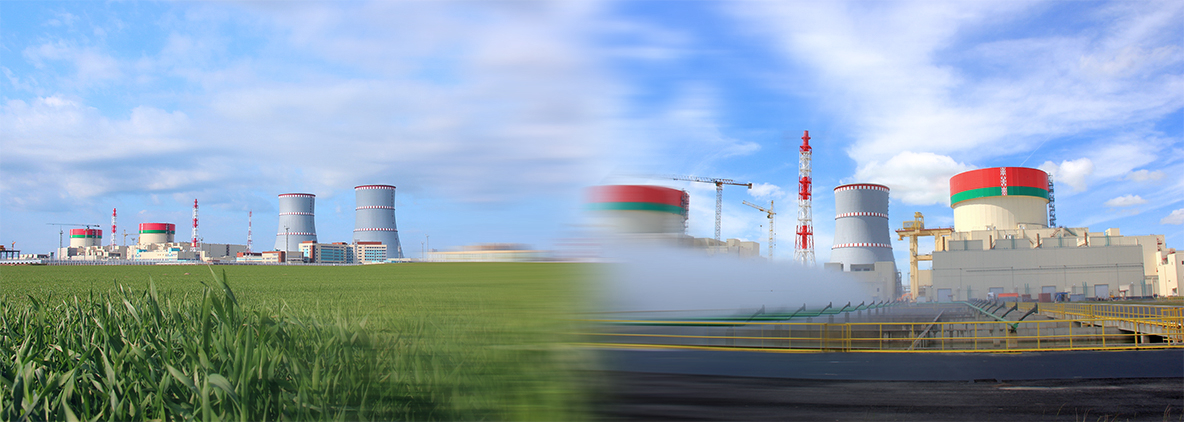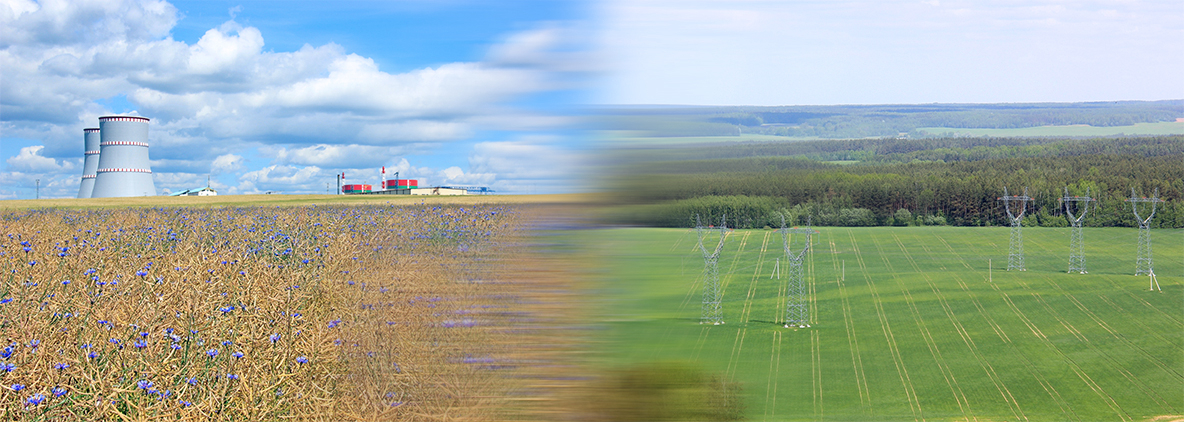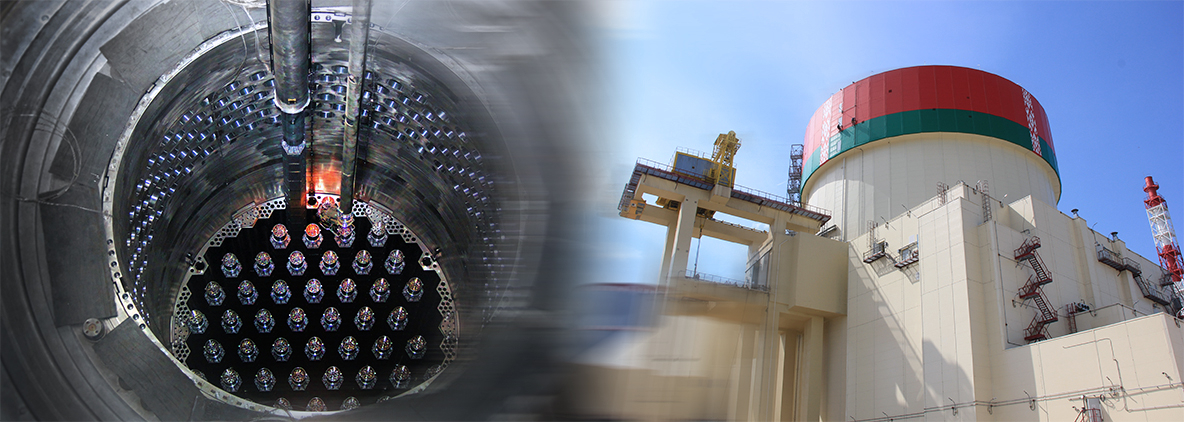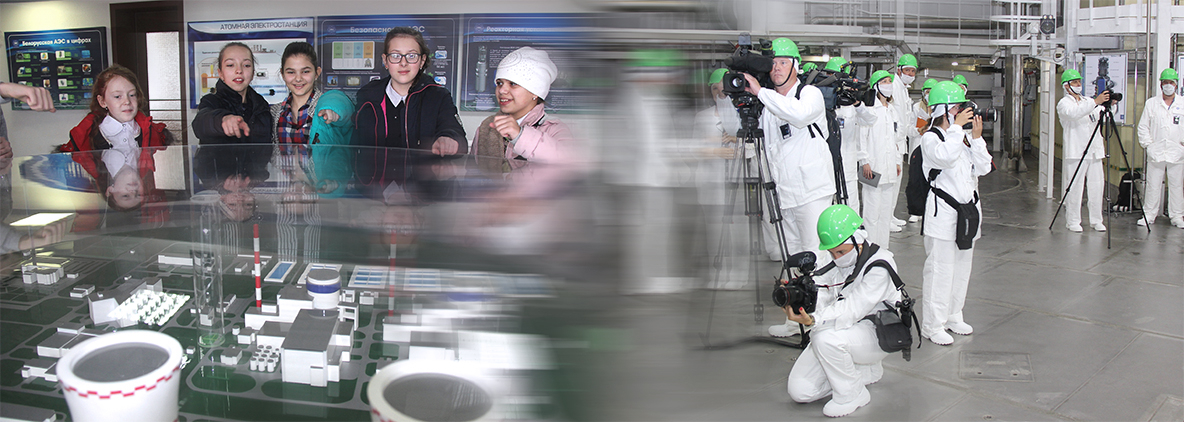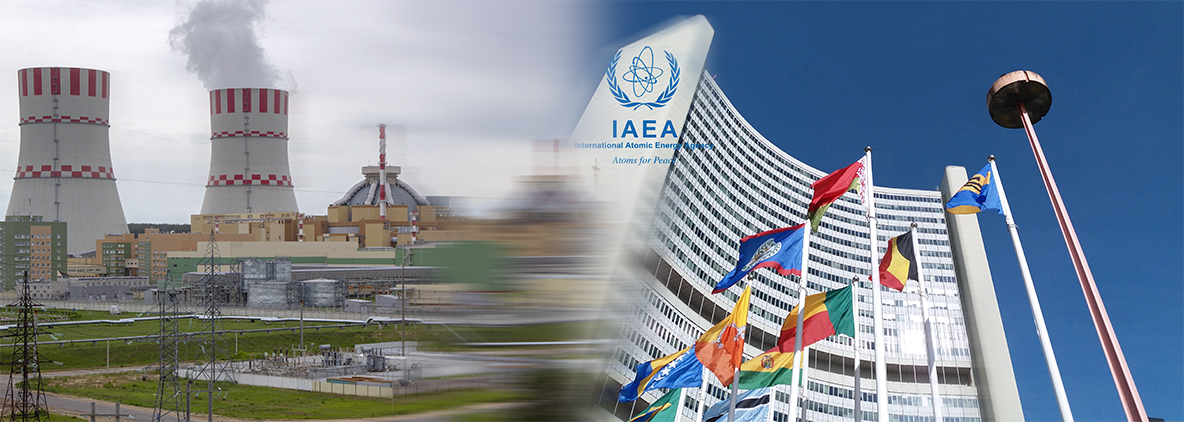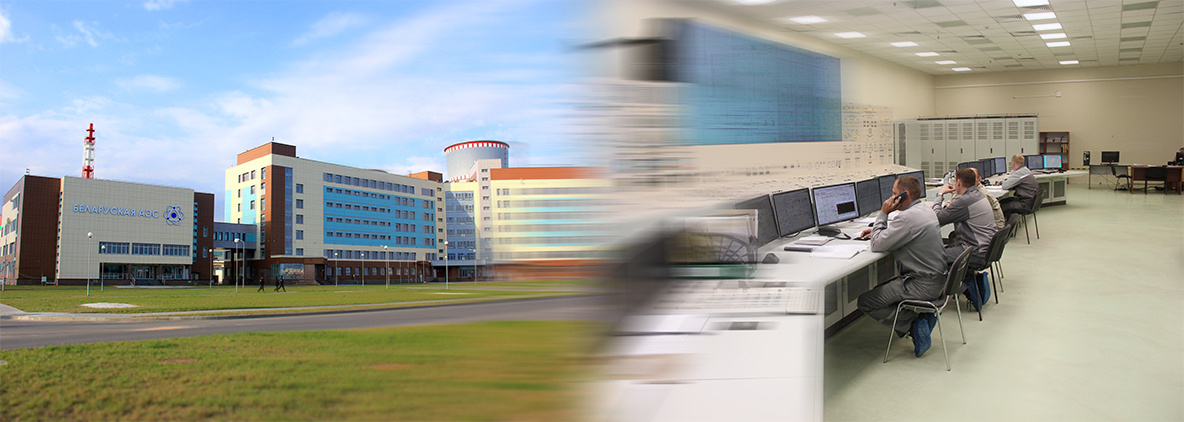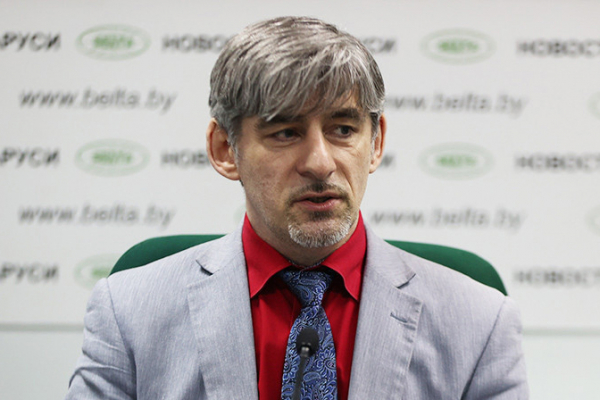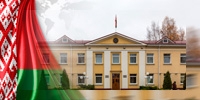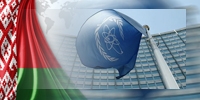"The results of stress tests are an additional measure to improve safety and increase safety margins. If some parameters do not meet the requirements of the IAEA, national legislation, such a situation is called a safety deficit that must be eliminated. If certain parameters, on the contrary, exceed the IAEA requirements with a margin, national legislation means there is a safety margin," Oleg Sobolev noted.
Stress tests at NPPs around the world began to be carried out after the accident at the Japanese nuclear power plant "Fukushima" caused by a strong earthquake and tsunami. In Europe, the European Nuclear Safety Regulatory Group (ENSREG) has developed a corresponding stress test procedure. Such stress tests have been carried out for all nuclear power plants operating in Europe. “Despite the fact that at that time a nuclear power plant in Belarus was under construction, the country also voluntarily decided to conduct stress tests of the nuclear power plant in 2016-2018,” Oleg Sobolev said.
The first stage of this procedure was a self-assessment, which was carried out by Belarusian NPP. At the second stage, on behalf of the government, a national assessment was carried out under the overall direction of Gosatomnadzor. The third stage was the peer review of ENSREG, as a result of which the European experts prepared a report with their findings.
As a result, in 2019, a national action plan appeared based on the results of the stress tests of BelNPP. In its preparation, the proposals and recommendations for improving safety, prepared at all three stages, were taken into account. The national plan is publicly available on the Gosatomnadzor website. It includes not only a list of activities, but also a technical descriptive part. 23 events are designated. Two of them are administrative, related to planning and reporting, 21 are substantive.
As Oleg Sobolev clarified, several aspects are assessed during stress tests using the European methodology. The first one is resistance to floods and earthquakes, extreme weather conditions, it is analyzed how the NPP will react to adverse natural impacts and their combinations. The second aspect is the operation of the plant in conditions of loss of power supply and heat carrier, the third is the management of severe accidents. For each of the three topics, an analysis is carried out, measures are proposed to enhance security and increase safety margins. Such approaches were also used during the stress tests of Belarusian NPP.






